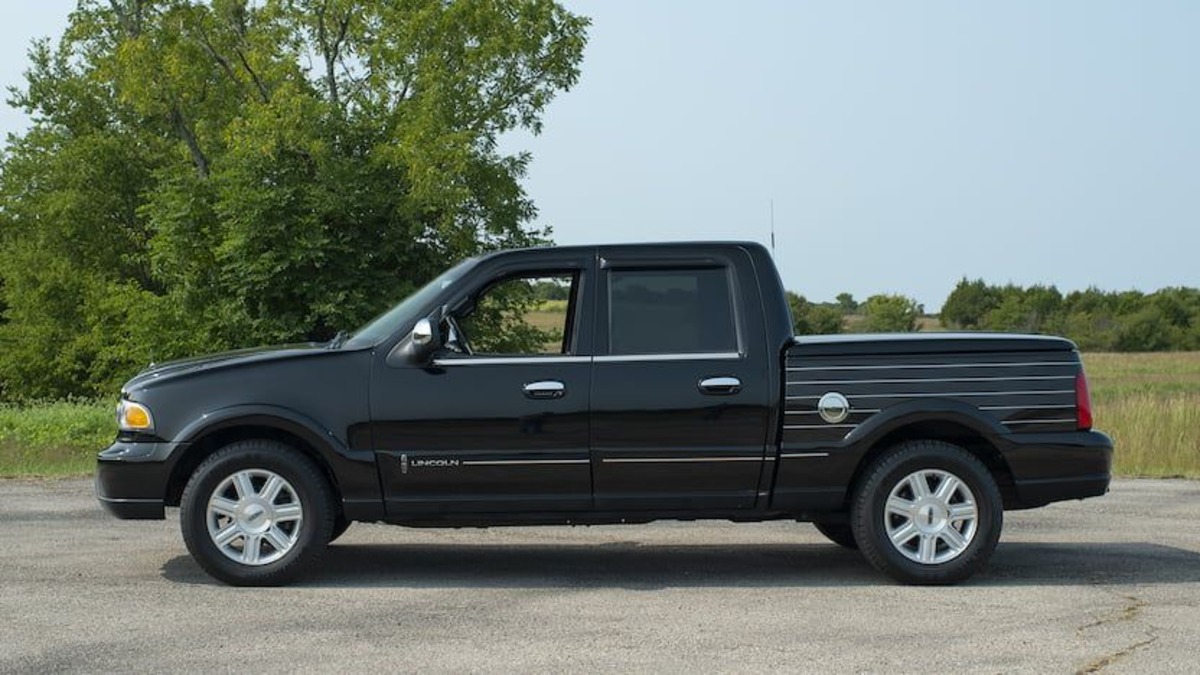American trucks are more than just vehicles—they’re tools, companions, and for many, a way of life. From hauling loads across rural farms to commuting through city streets, trucks in the U.S. are built to do it all.
But while the image of a rugged, long-lasting pickup is deeply ingrained in American culture, not every truck lives up to that standard. Some become legends for their durability and dependability, running strong past 300,000 miles.
Others, however, falter long before reaching six figures on the odometer—plagued by engine issues, transmission failures, and build quality problems that leave owners frustrated and stranded.
In this piece, we take a hard look at both ends of the American truck spectrum. First, we spotlight five trucks that truly live up to their “Built to Last” reputation—models that earn the trust of owners, mechanics, and fleet operators alike for their reliability, longevity, and low-cost maintenance.
Then, we flip the script and examine five American trucks that have developed reputations for premature breakdowns, costly repairs, or disappointing build quality—trucks that simply don’t stand the test of time.
Whether you’re shopping used or want to know which trucks are worth holding onto, this guide will help you separate the legends from the letdowns.
Also Read: 5 Vehicles That Flip for Profit and 5 That Tank Your Wallet
5 American Trucks That Last a Lifetime
In the world of American pickups, longevity is more than a selling point—it’s a badge of honor. Owners want to know their trucks won’t just perform on day one, but year after year, through tough jobs, brutal weather, and heavy towing.
Fortunately, a select few trucks have earned reputations for exactly that kind of resilience. These are the ones that are still seen on the road with faded paint, high miles, and a devoted owner behind the wheel who swears they’d never drive anything else.
What sets these lifetime trucks apart isn’t just horsepower or towing capacity. It’s the build quality underneath—the overbuilt engines, tough transmissions, and proven components that keep them on the road long after others have given up.
Some are loved by commercial fleets. Others have developed cult-like followings among DIYers and enthusiasts. But what they all share is an ability to take a beating and keep running with basic maintenance.
We’re highlighting these five models not just because they’ve lasted, but because they consistently prove their worth across generations.
Whether you’re a contractor, a weekend warrior, or someone who just values dependability, these are the trucks that can earn your trust—and possibly outlive you.
Let’s dig into the five American trucks that truly go the distance.
1. Ford F-250 Super Duty (1999–2007)
When it comes to American trucks that are built to last a lifetime, the 1999–2007 Ford F-250 Super Duty is one of the first names that comes to mind.
This heavy-duty workhorse set the benchmark for durability and performance in the early 2000s, earning a loyal following among contractors, ranchers, and serious truck enthusiasts.
If you see one of these on the road today with over 300,000 miles, chances are it’s still hauling heavy loads or towing with confidence.
What made this generation so special was the rock-solid engineering. The most sought-after versions came equipped with the 7.3L Power Stroke diesel engine—a legend in its own right.
This engine is known for its incredible longevity, often surpassing half a million miles when properly maintained.
Its cast-iron block and heads, mechanical injectors, and simple design make it both powerful and relatively easy to work on. Even the gas-powered V10 Triton, though thirstier, is similarly praised for its bulletproof durability.
The F-250 Super Duty also benefited from robust transmissions—especially the ZF-6 manual and the later 5-speed TorqShift automatics.
The solid front axle, especially in 4×4 models, contributed to excellent off-road ability and made the truck easier to lift and modify. Meanwhile, its thick frame and rugged suspension were designed to take abuse day in and day out, from plowing snow to hauling trailers.
But it’s not just mechanical toughness that makes this truck a legend. Its interior, though utilitarian, was built to last.
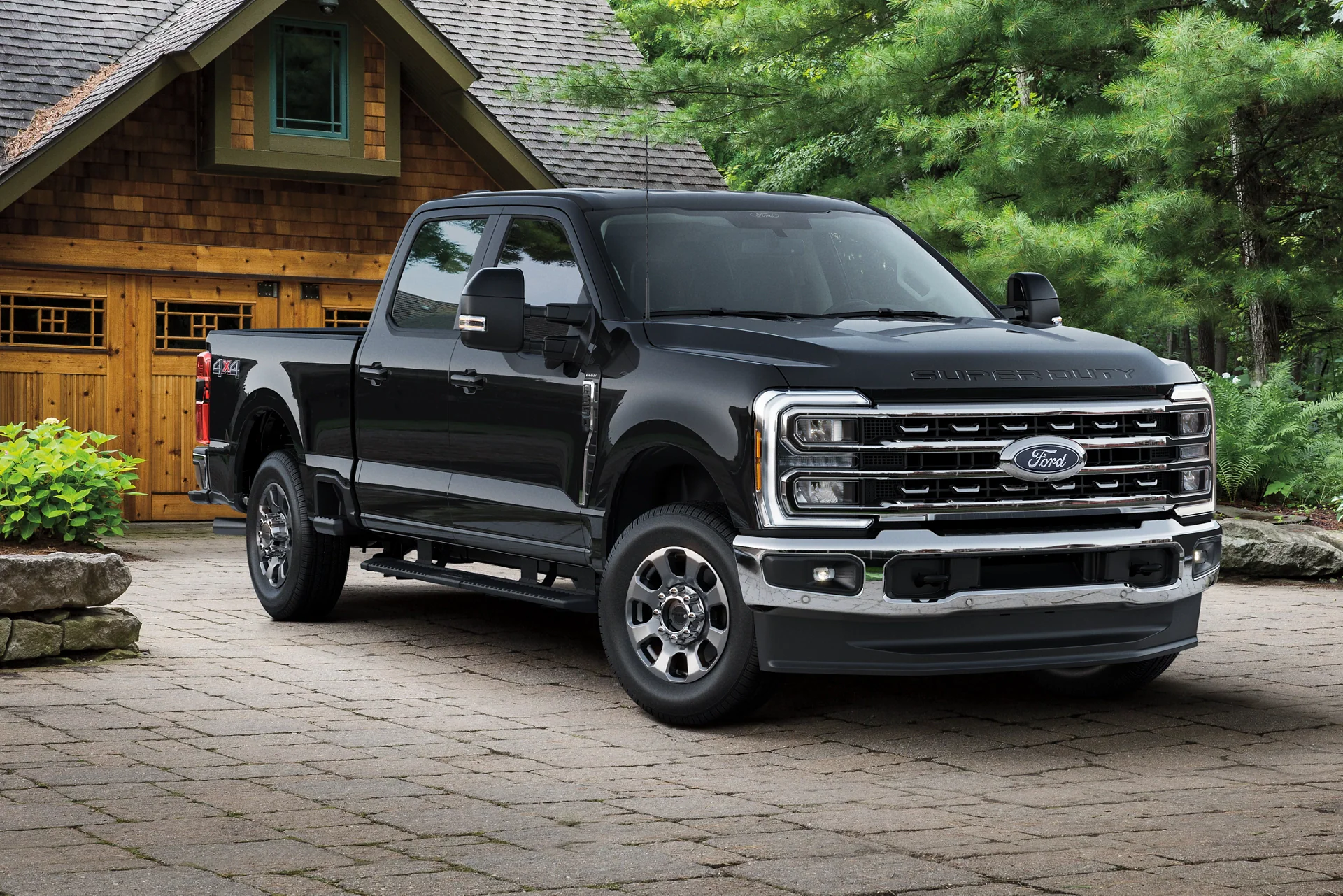
Many examples have original upholstery and functioning electronics even two decades later. The truck’s popularity in rural areas means parts are plentiful and affordable, making long-term ownership more feasible than flashier, newer alternatives.
Why does it matter? Because in a world of increasingly complex trucks loaded with finicky electronics, the 1999–2007 F-250 Super Duty stands out as a simpler, stronger machine. It was built before emissions regulations added layers of technology that often create reliability issues in modern diesels.
In short, this F-250 isn’t just a vehicle—it’s an institution. If properly cared for, it can outlast newer trucks and still put in a full day’s work. For anyone who needs a truck that lives up to the phrase “built Ford tough,” this generation of the Super Duty absolutely delivers.
2. Chevrolet Silverado 2500HD (2001–2006)
The 2001–2006 Chevrolet Silverado 2500HD isn’t just a dependable truck—it’s a workhorse with a cult following, especially among those who rely on their vehicles for real labor.
Built during a golden era for GM heavy-duty trucks, this generation of Silverado earned a reputation for strength, simplicity, and, above all, longevity. If you’re looking for a pickup that can rack up miles like an over-the-road semi while still towing a full load, this one fits the bill.
What truly sets this truck apart is the Duramax LB7 and LLY diesel engines paired with the Allison 1000 transmission.
The Duramax engines from this era offered a potent combination of reliability and performance, with the 6.6L turbo-diesel producing impressive torque while maintaining solid fuel economy for a heavy-duty truck.
The Allison 1000 automatic, meanwhile, was engineered for commercial use and could easily handle towing large trailers, heavy equipment, and more without skipping a beat.
Owners consistently report 300,000–500,000 miles of service with these trucks when properly maintained. Their engines can handle abuse, and the transmissions, unlike many in competitors from the same period, hold up under pressure.
Even the gas-powered 6.0L Vortec engine versions have aged well, known for solid reliability despite lower towing figures.
Beyond the drivetrain, the Silverado 2500HD’s frame and suspension are up to the task of serious work. Independent front suspension offers a smoother ride than some competitors without compromising strength.
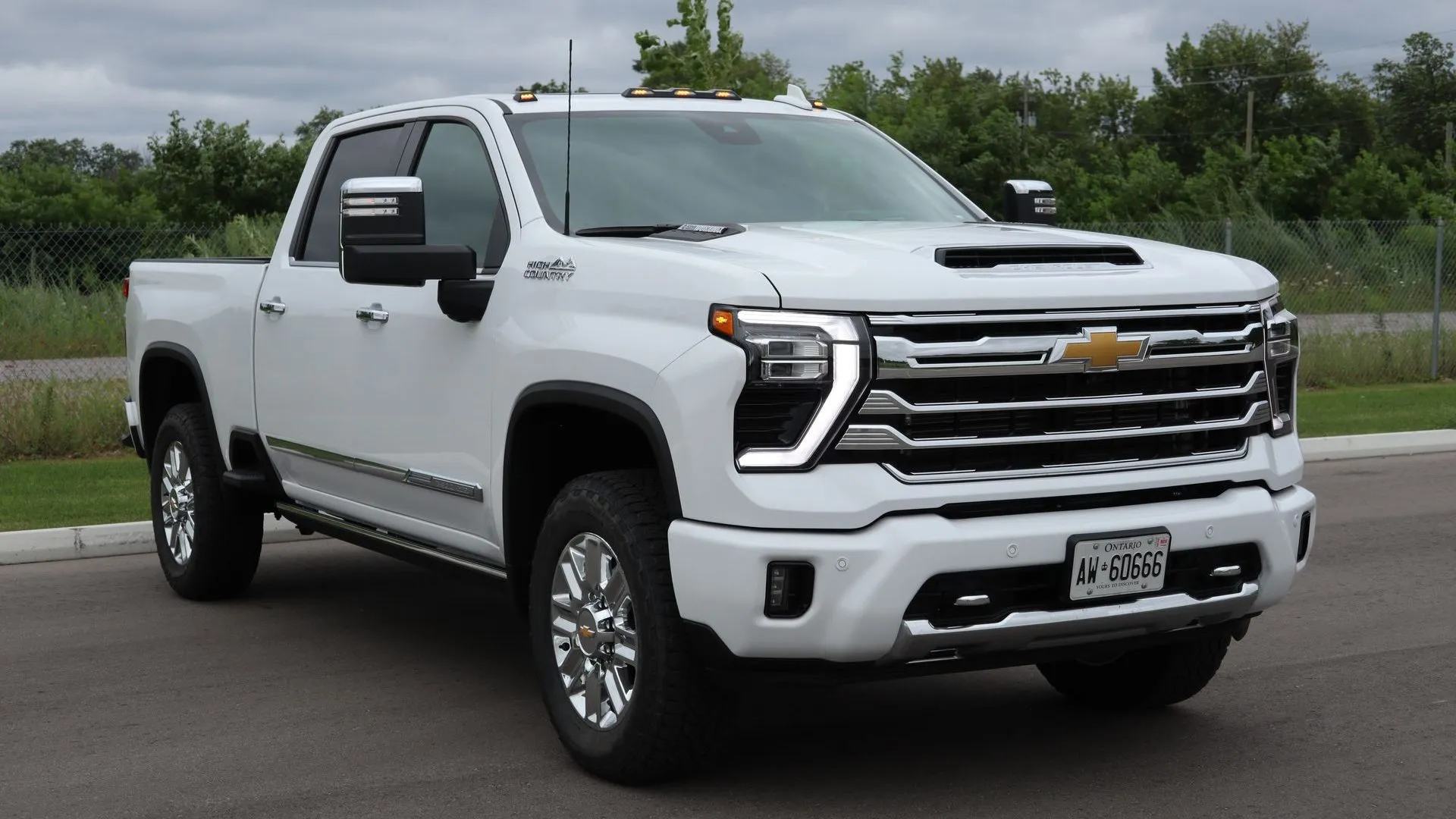
Meanwhile, the chassis and axles are known for durability, even under constant stress from fifth-wheel towing or commercial use.
The interior of these trucks is no-nonsense but holds up remarkably well. Cloth or leather, the materials are sturdy, and controls tend to keep working, even after years of dusty job sites and muddy boots.
Dash plastics are solid, and electrical systems are far less finicky than those in newer models loaded with sensors and touchscreens.
Mechanics love these trucks for their straightforward design and accessible components. Replacement parts are widely available, and the robust online and real-world support communities help owners keep their trucks going for decades.
In summary, the 2001–2006 Silverado 2500HD is one of the longest-lasting American pickups ever built. It’s a living testament to an era when GM got almost everything right. If you want a truck that truly goes the distance, this one’s hard to beat.
3. Ram 2500 with Cummins Diesel (1994–2002)
Ask any diesel enthusiast about legendary American trucks, and the 1994–2002 Ram 2500 with the 5.9L Cummins inline-six diesel will almost always enter the conversation. These trucks didn’t just earn a reputation for durability—they defined it.
Built during a time when Dodge prioritized raw mechanical strength over complexity, this generation of Ram 2500 is widely regarded as one of the most dependable and long-lasting trucks ever made.
At the heart of this beast is the 12-valve or 24-valve 5.9L Cummins turbo diesel. The 12-valve (used from 1994–1998) is the more sought-after version, featuring mechanical injection and fewer electronics—qualities that make it easier to maintain and nearly indestructible.
These engines are known to last 500,000 miles or more, often with only basic upkeep. Even the later 24-valve models (1998.5–2002), while more complex, continue to demonstrate exceptional durability when maintained properly.
What truly sets this engine apart is its industrial-grade heritage. Originally designed for medium-duty applications, the 5.9L Cummins is overbuilt for a light-duty pickup.
It delivers strong torque, excellent fuel efficiency for a diesel, and has minimal issues with emissions equipment—especially in the pre-DEF and pre-EGR era. It’s also highly modifiable, with a huge aftermarket community supporting performance and longevity upgrades.
Backing up the bulletproof engine is a range of transmissions—some good, some less so. The manual NV4500 is especially beloved for its toughness, while the automatic 47RE requires a little more attention but can be made reliable with modest upgrades.
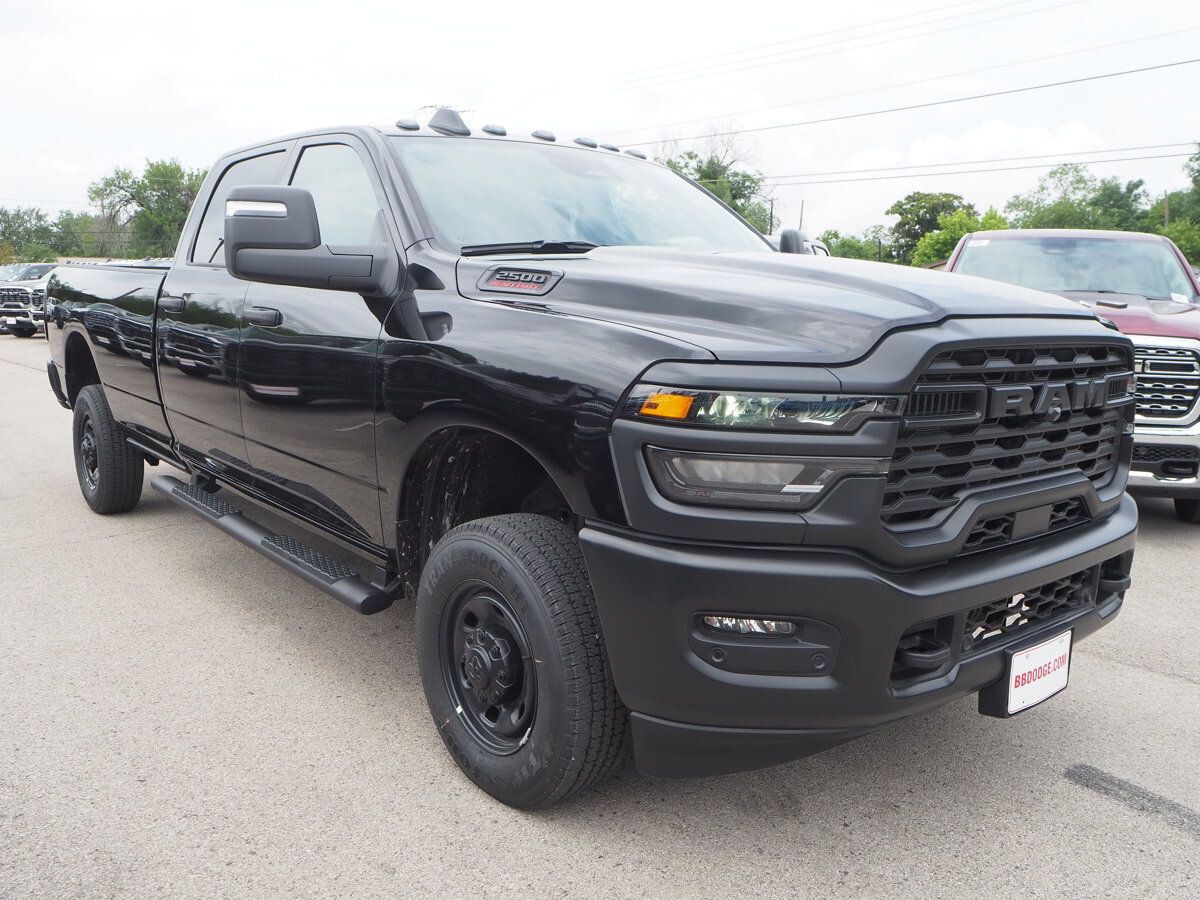
The Ram 2500’s body and interior are simpler than its Ford or GM rivals of the era, but the truck was clearly built to endure hard work. The solid front axle (Dana 60) provides durability and ease of maintenance, while the overall chassis can handle serious loads.
Rust can be a concern in some climates, especially on the rocker panels and bedsides, but many owners have either treated or replaced panels to preserve these trucks.
Today, clean examples are getting harder to find, and values are rising. That’s because those who know what they’re worth don’t let go of them easily.
In short, the 1994–2002 Ram 2500 with a Cummins diesel isn’t just a truck—it’s a mechanical legend. If you want something that will work as hard at 300,000 miles as it did at 30,000, this Ram is one of the best to ever do it.
4. Ford F-150 (1996–2003, 4.6L V8)
When discussing long-lasting American trucks, the Ford F-150 almost always makes the list—and for good reason. It’s been America’s best-selling vehicle for decades. But not every F-150 generation or configuration earns lifetime status.
One variant, however, consistently impresses mechanics and owners alike: the 1996–2003 F-150 equipped with the 4.6L Triton V8. While this engine didn’t boast the biggest numbers in its class, it built a legacy on something far more important—unshakable reliability.
The 4.6L Triton V8 is part of Ford’s Modular engine family, and it’s widely considered one of the most durable powerplants the company ever produced. Known for reaching 300,000+ miles with regular maintenance, this engine isn’t flashy, but it is rock solid.
Timing chains last for the long haul, oil consumption is low, and internal components rarely fail prematurely. It’s also relatively easy to work on—especially in two-wheel-drive layouts—making it a favorite among home mechanics and fleet operators.
Mated to either a 4-speed automatic or manual transmission, this powertrain combination is forgiving and dependable.
While the automatic units aren’t bulletproof, they’re serviceable, and the rest of the drivetrain—from the differential to the suspension—was designed for real-world abuse, not just spec-sheet performance.
This generation of the F-150 also benefits from classic American truck DNA. The frame is strong, parts are plentiful, and the overall design is refreshingly simple. Interiors were built with a blue-collar audience in mind—less about luxury and more about functionality.
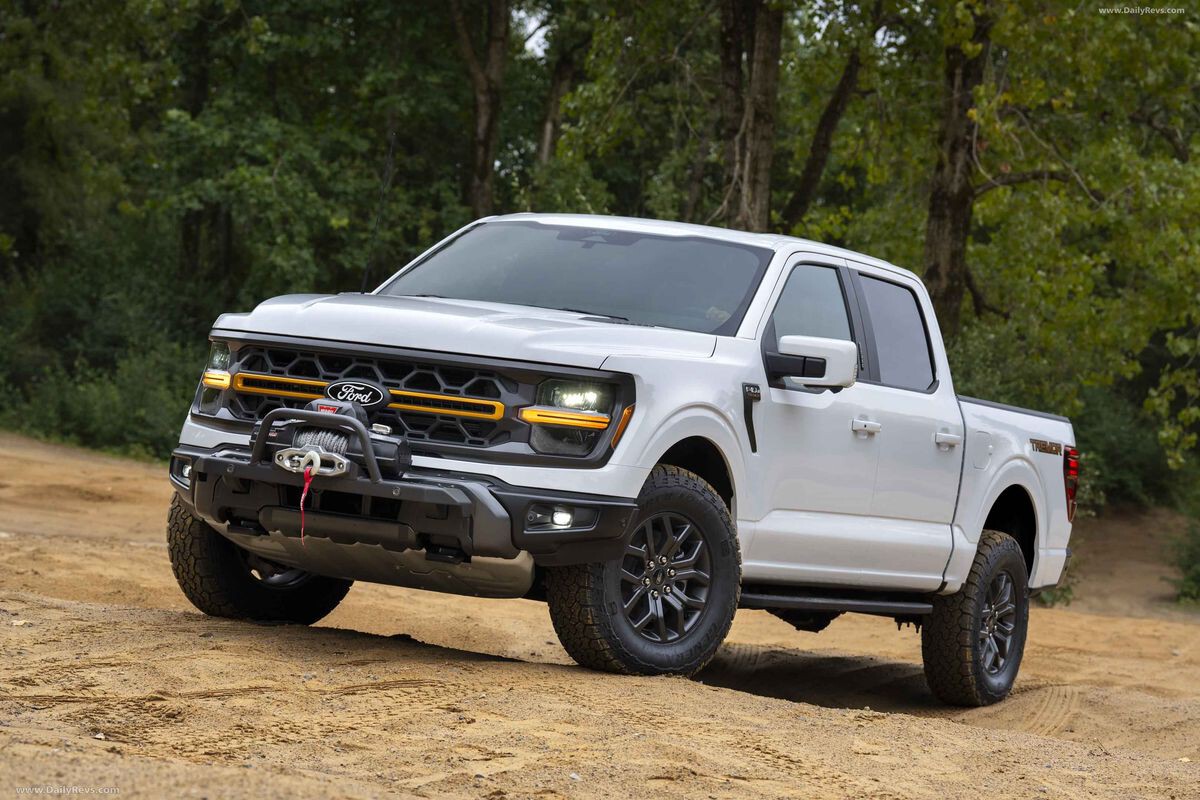
And guess what? Many of those basic cloth seats, mechanical HVAC knobs, and door panels are still going strong two decades later.
The F-150 also has another strength: parts and support. Because of how many were sold, OEM and aftermarket replacement parts are incredibly easy to find and inexpensive. This has kept repair costs low, encouraging owners to maintain rather than replace their trucks.
In a market flooded with trucks that increasingly rely on sensitive electronics and turbocharged engines, the 1996–2003 F-150 with the 4.6L V8 stands as a reminder of how effective simplicity can be.
It’s not the most powerful or modern truck—but it’s one of the toughest. If you’re looking for a used full-size truck to keep for the long haul, this F-150 setup is a smart and proven bet.
5. GMC Sierra 1500 (1999–2006, 5.3L V8 Vortec)
The 1999–2006 GMC Sierra 1500, particularly when equipped with the 5.3L Vortec V8, is one of the most respected light-duty trucks to come out of the GM stable.
Sharing its platform and components with the Chevrolet Silverado of the same era, the Sierra delivers an outstanding balance of reliability, longevity, and real-world performance that has earned it a lasting place in driveways, farms, and work fleets across America.
At the heart of the Sierra’s endurance is the legendary 5.3L V8 Vortec engine (LM7), which is often referred to by mechanics as one of the most dependable gas engines ever produced by General Motors.
This small-block V8 is known to easily surpass 300,000 miles with just basic maintenance. The engine’s cast-iron block, aluminum heads, and simple overhead valve design all contribute to its long-term durability and relatively low repair costs.
It’s not uncommon to see these trucks running strong with original engines and transmissions after decades of use.
The Sierra 1500’s 4L60E automatic transmission—though not indestructible—holds up well with regular fluid changes and responsible towing practices. And for those opting for manual or heavy-duty options in the same generation, longevity gets an even bigger boost.
Chassis and suspension components are also impressively stout. Independent front suspension makes for a comfortable ride, while leaf springs in the rear keep it capable under load.
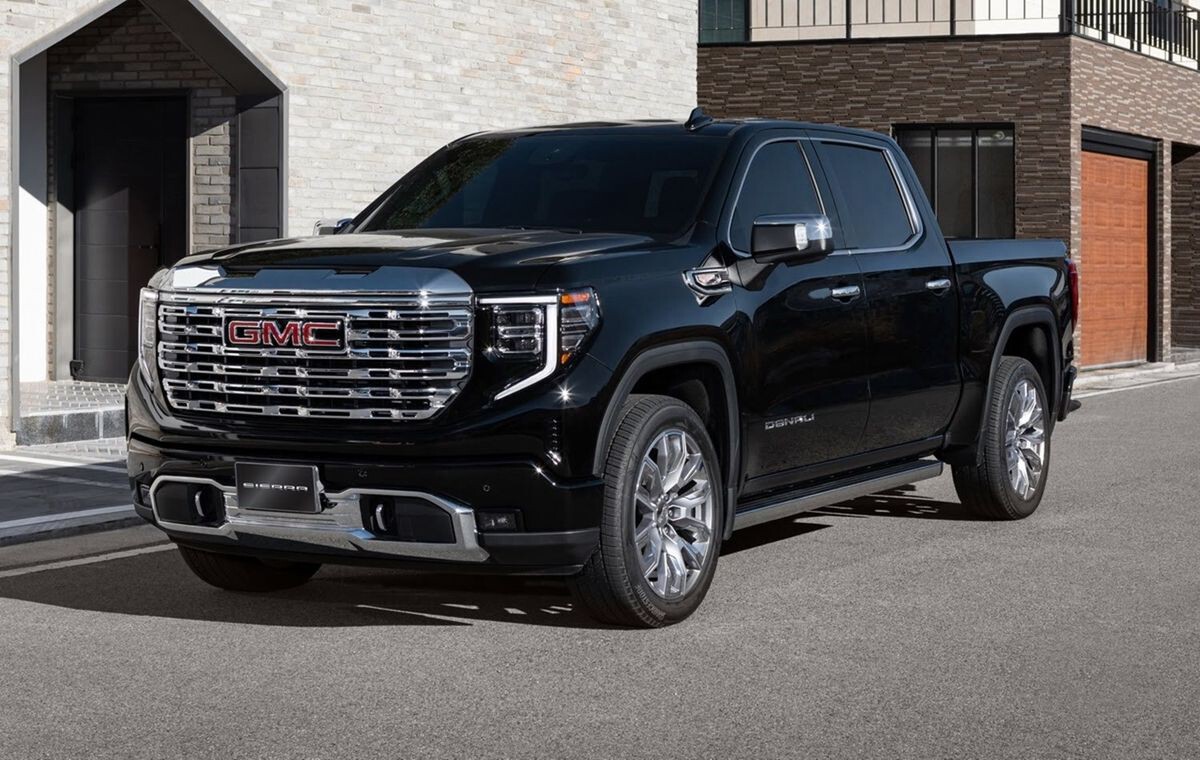
Owners have praised this generation for doing double-duty—offering smooth commuting manners while also being ready to tow boats, trailers, or work equipment at a moment’s notice.
Inside, the Sierra strikes a perfect blend of comfort and practicality. Materials were durable rather than plush, which means many interiors have aged gracefully.
Basic controls rarely fail, the seating remains supportive, and electronics like window motors and gauge clusters—while not flawless—are relatively easy to repair or replace.
Why is this truck still in demand nearly 20 years later? It’s simple: it works. The Sierra 1500 from this era is cheap to maintain, easy to fix, and hard to kill.
Whether you’re looking for a dependable used truck or simply want something that won’t let you down on job sites or long trips, this Vortec-powered GMC is a top-tier choice that truly stands the test of time.
5 American Trucks That Barely Survive
For every American truck that stands the test of time, there’s another that just doesn’t live up to the promise.
These are the trucks that look good on paper but falter in the real world—saddling their owners with breakdowns, skyrocketing repair costs, or frustrating reliability issues far too early in their lifespans.
While brand loyalty and patriotic marketing have helped some of these models sell in large numbers, the long-term ownership experience often tells a very different story.
What makes a truck fail prematurely? It’s not just about how much abuse it takes—it’s about how well it’s designed to handle it. Some of the trucks on this list suffer from weak drivetrains that can’t handle towing or hauling for long without failure.
Others are plagued by transmission issues, poor build quality, rust-prone frames, or electrical nightmares that turn ownership into a never-ending battle with warning lights and repair bills.
These trucks might have been affordable at the dealer or enticing on the used market, but they often cost far more in the long run than they’re worth. For many owners, the regret starts not long after the odometer hits six digits—if it even gets that far.
We’ve compiled this list based on mechanic insight, owner feedback, and long-term reliability records. These are the American trucks that simply don’t go the distance.
If you’re shopping used or thinking about long-term ownership, these are the models to approach with caution—or avoid entirely.
Let’s take a closer look at five American trucks that barely survive—trucks that, despite their tough image, just weren’t built to last.
1. Dodge Ram 1500 (2002–2008)
The 2002–2008 Dodge Ram 1500 was a head-turner when it launched. With its bold styling, aggressive stance, and HEMI V8 option, it looked every bit the rugged American truck.
But beneath the eye-catching design lay a long list of problems that quickly turned excitement into frustration for many owners. Over time, this generation of Ram 1500 developed a reputation not for durability—but for falling apart before reaching 150,000 miles.
One of the most glaring issues was transmission failure. Both the 45RFE and 545RFE automatic transmissions used during this era were notorious for early wear, rough shifting, and even complete breakdowns well before the 100,000-mile mark in some trucks—especially if used for towing or hauling.
Rebuilding or replacing them became a regular theme among long-term owners, often costing upwards of $3,000.
Then there’s the suspension. Ball joints, tie rods, and control arms wore out quickly—sometimes after just 60,000 miles—leading to clunks, poor handling, and uneven tire wear. Steering components were also fragile, resulting in loose-feeling wheels and dangerous driving dynamics if not addressed early.
Rust is another Achilles’ heel, particularly in northern climates. Frame rot, particularly around rear leaf spring mounts and crossmembers, became a major safety issue, often leading to failed inspections. Even with routine washing, the metal simply didn’t hold up.
Under the hood, while the 5.7L HEMI was praised for power, earlier 4.7L V8 and 3.7L V6 engines suffered from oil sludge buildup, dropped valve seats, and overheating problems.
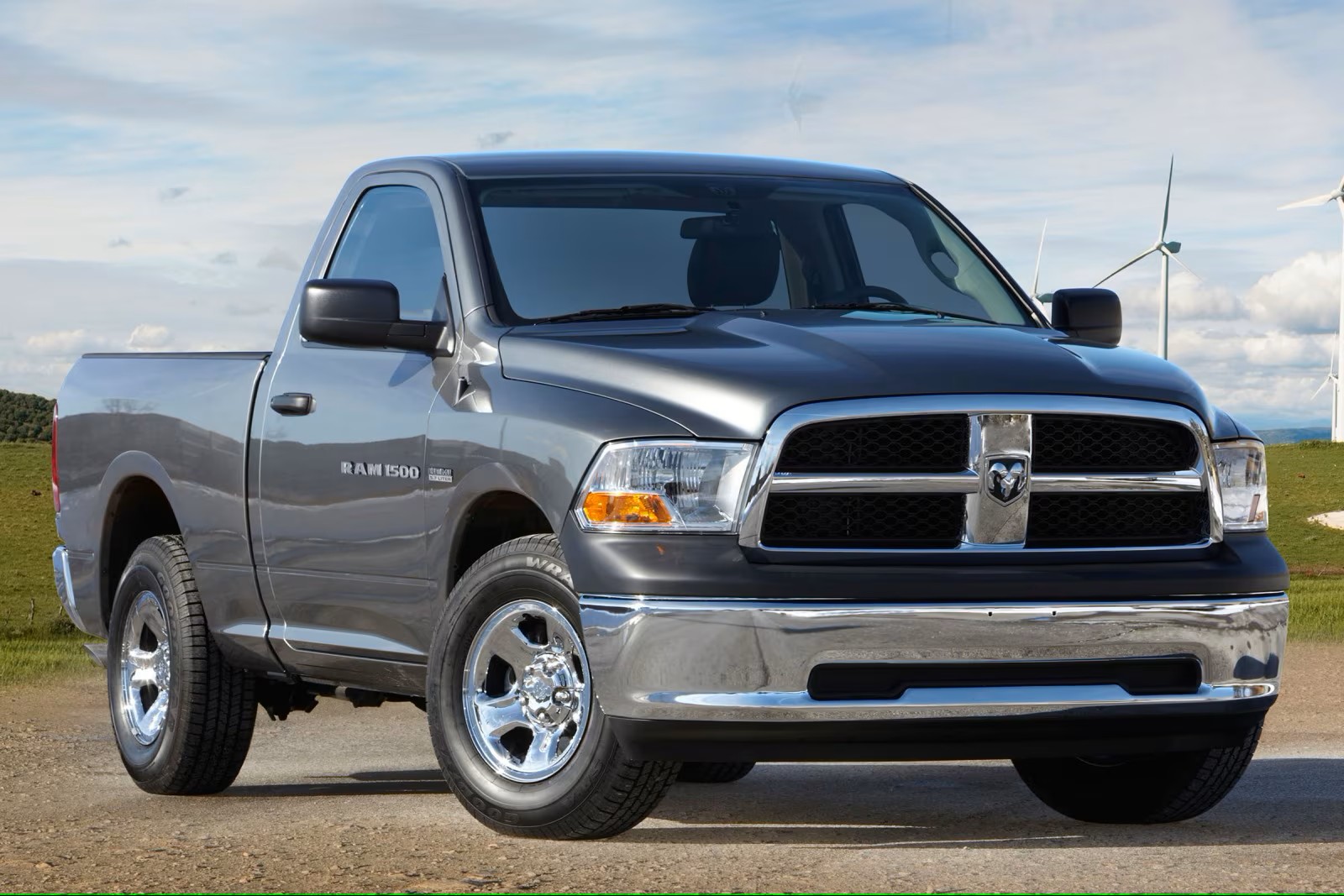
Combined with an electrical system known for glitchy sensors, failing instrument clusters, and gremlin-like warning lights, owning one of these Rams meant always wondering what would break next.
The interior didn’t fare much better. Dashboards were infamous for cracking and disintegrating, sometimes so badly that sharp shards posed a hazard to passengers. Switchgear and door panels felt flimsy and often failed before the drivetrain did.
In the end, the 2002–2008 Ram 1500 is a textbook example of a truck that prioritized style over substance.
It looked the part of a dependable full-size pickup, but time exposed its weak bones and cost-cutting flaws. For buyers looking for long-term value and peace of mind, this Ram generation often delivers the opposite.
2. Chevrolet Colorado (2004–2012)
The first-generation Chevrolet Colorado, introduced in 2004 as a replacement for the aging S-10, was intended to be a modern, efficient midsize truck for everyday drivers.
But instead of carving out a legacy for quality, the 2004–2012 Colorado stumbled through its production years with widespread reliability issues, questionable engineering choices, and an overall lack of refinement. Despite decent sales, it remains a cautionary tale for used truck buyers.
At the heart of the problem were the engines—particularly the 2.8L and 3.5L inline-5 options offered in earlier models. While GM attempted to market these as efficient and powerful alternatives to traditional V6s, the reality was disappointing.
These engines were prone to misfires, head issues, and timing chain tensioner failures. Many owners reported rough idling, stalling, and declining performance before hitting 100,000 miles.
The 4-cylinder model wasn’t much better, offering underwhelming power and limited towing capability—while still suffering from similar mechanical weaknesses.
The automatic transmissions weren’t much stronger. Sloppy shifting, slipping gears, and early failures plagued both 4-speed and 5-speed versions.
Repairs often cost several thousand dollars, and in many cases, the value of the truck didn’t justify the expense—leaving owners stuck between paying for a major fix or cutting their losses.
Then there’s the build quality—or lack thereof. Interiors were criticized even when new for their hard plastics, flimsy panels, and cheap-feeling components.
Over time, common issues included broken door handles, faulty window regulators, malfunctioning gauges, and dashboards that rattled incessantly.
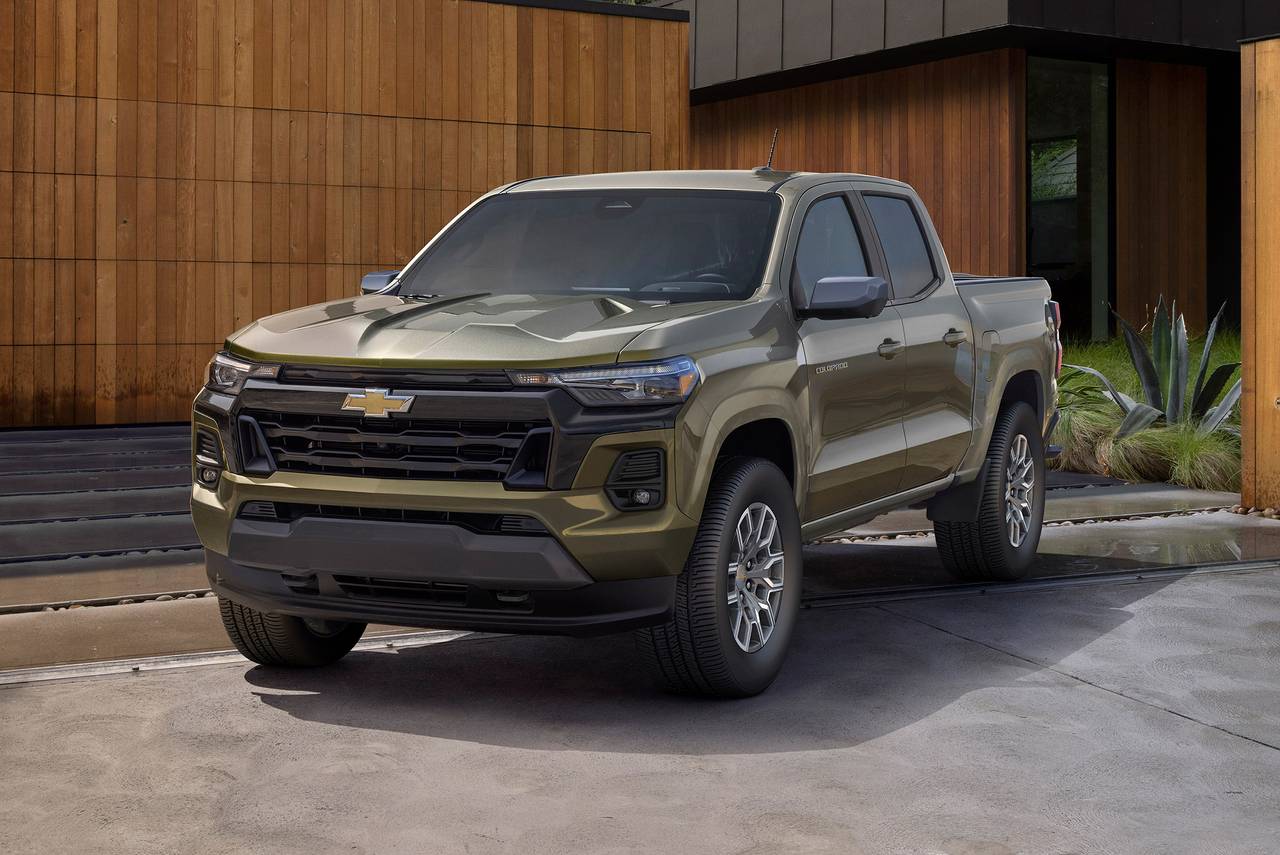
The suspension system was also subpar, with front-end components like ball joints and bushings wearing prematurely, especially under moderate off-road use or heavy loads.
Rust resistance was poor in colder climates, particularly around the rocker panels and rear frame. Meanwhile, electrical issues such as faulty sensors, persistent check engine lights, and power accessory failures made the ownership experience more frustrating than functional.
While later model years slightly improved in engine refinement, the damage to the Colorado’s reputation had been done. This truck simply didn’t age well—and in many cases, didn’t even survive long enough to be considered high-mileage.
For anyone looking for a midsize American pickup that stands the test of time, the 2004–2012 Chevrolet Colorado is better left in the rearview mirror.
3. Ford Explorer Sport Trac (2001–2010)
The idea behind the Ford Explorer Sport Trac seemed promising: combine the comfort and cabin space of an SUV with the utility of a pickup truck.
Based on the popular Explorer platform, the Sport Trac was aimed at families and outdoor enthusiasts who needed light-duty cargo capability without committing to a full-size truck.
Unfortunately, in execution, it ended up as one of Ford’s most unreliable truck-adjacent vehicles of the 2000s. Though marketed as a rugged alternative, the Sport Trac often struggled just to survive its first 150,000 miles.
A major weak point was its drivetrain. The early 4.0L SOHC V6 engine, standard in most models, suffered from serious timing chain issues.
The chains were routed through the rear of the engine—a design that made even minor timing failures extraordinarily expensive to fix, sometimes requiring complete engine removal.
The V8 (available later in the second generation) fared better, but didn’t completely avoid issues, especially when paired with the 6-speed automatic, which was prone to erratic shifting and early failure.
The Sport Trac also inherited the Explorer’s notoriously fragile rear suspension system. Premature wear in the control arms, bushings, and sway bar links was common, leading to clunking noises, poor alignment, and inconsistent handling. For a vehicle with truck aspirations, its underpinnings simply weren’t up to the job.
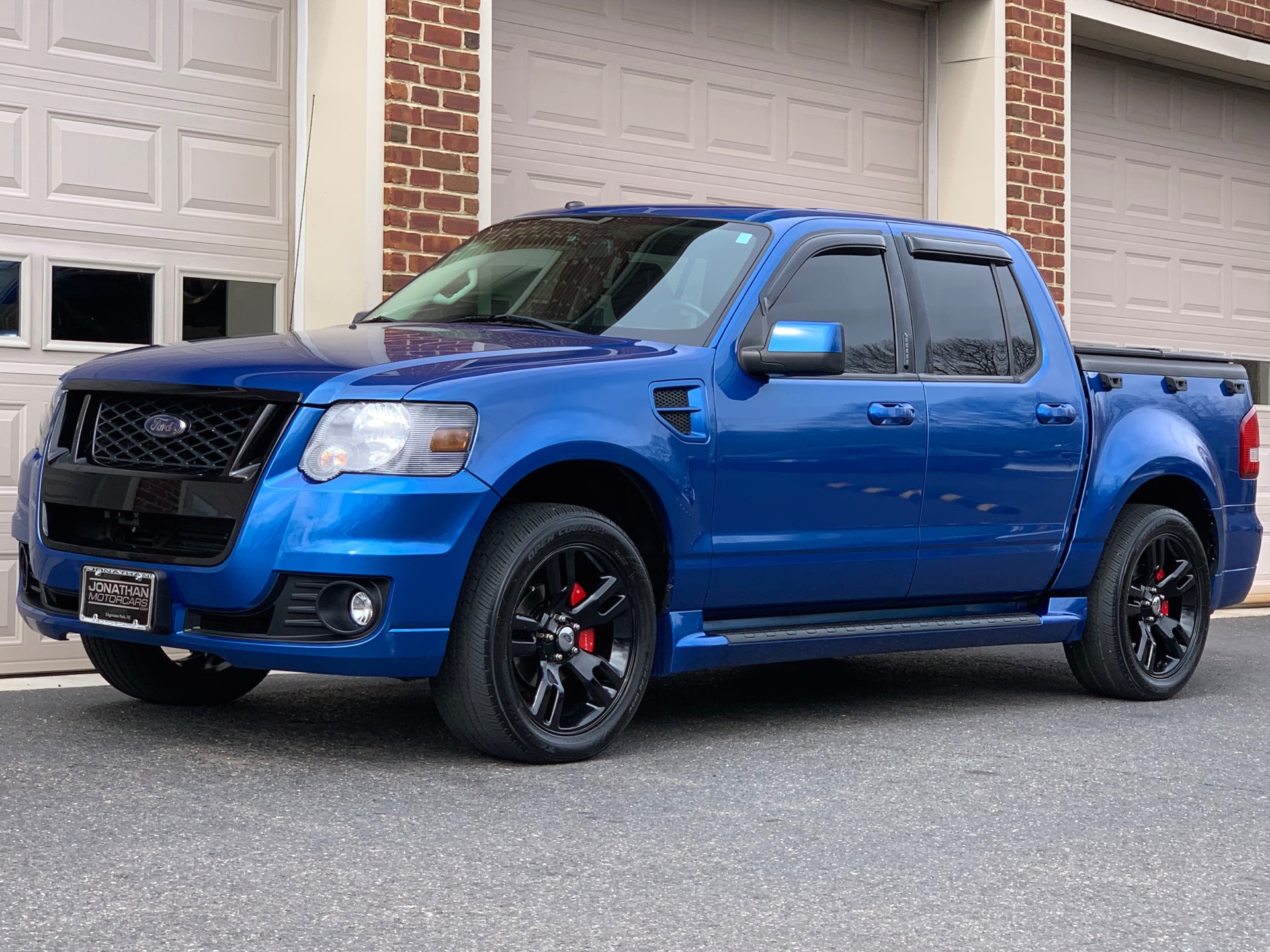
Electronics were another pain point. Owners frequently dealt with faulty instrument clusters, power window issues, and door ajar sensors that would trigger warning lights even when doors were securely shut. The keyless entry and alarm systems also developed gremlins over time.
Interior quality wasn’t much better. Cheap plastics cracked and faded quickly, and many vehicles suffered from loose panels, sagging headliners, and failed climate control knobs. Road noise and vibration were also complaints, especially as the body aged and bushings wore out.
To make matters worse, the bed—while unique in its size—was too small for serious utility and didn’t add much over a traditional SUV with a roof rack. In short, the Sport Trac failed to do either job—truck or SUV—very well in the long run.
Today, it’s hard to find a high-mileage Explorer Sport Trac in good condition for a reason. Many simply didn’t make it. If you’re looking for durability, this is one Ford truck derivative that just can’t hang.
4. GMC Canyon (2004–2012)
The GMC Canyon, twin to the first-generation Chevrolet Colorado, was introduced as a stylish, affordable, and capable midsize truck. Unfortunately, like its bowtie-badged sibling, the 2004–2012 Canyon failed to deliver when it came to long-term dependability.
It may have looked like a solid light-duty workhorse, but beneath the surface lay a series of engineering missteps that led to premature aging and serious reliability concerns.
The most glaring issue came from the powertrains. Like the Colorado, the Canyon was offered with a range of underwhelming and underperforming inline-4 and inline-5 engines.
The 3.5L and later 3.7L inline-5 engines were intended to offer V6-level power with better fuel economy, but instead became infamous for frequent misfires, head gasket issues, and timing chain failures—often surfacing before the 100,000-mile mark.
Many owners were left dealing with check engine lights, rough idling, and decreasing power, sometimes leading to full engine replacements.
The automatic transmissions didn’t inspire confidence either. Slipping, hard shifts, and early failures were common complaints, especially under moderate towing or prolonged urban stop-and-go use.
Manual versions were slightly more durable but suffered from weak clutch hydraulics and hard-to-source replacement parts as the trucks aged.
Build quality throughout the truck was lacking. Interior materials were thin and brittle, with dashboards prone to cracking and plastics that faded quickly under sun exposure.
Electrical components also failed often—instrument clusters, HVAC controls, power locks, and window switches were all common failure points, turning a simple drive into an unpredictable experience.
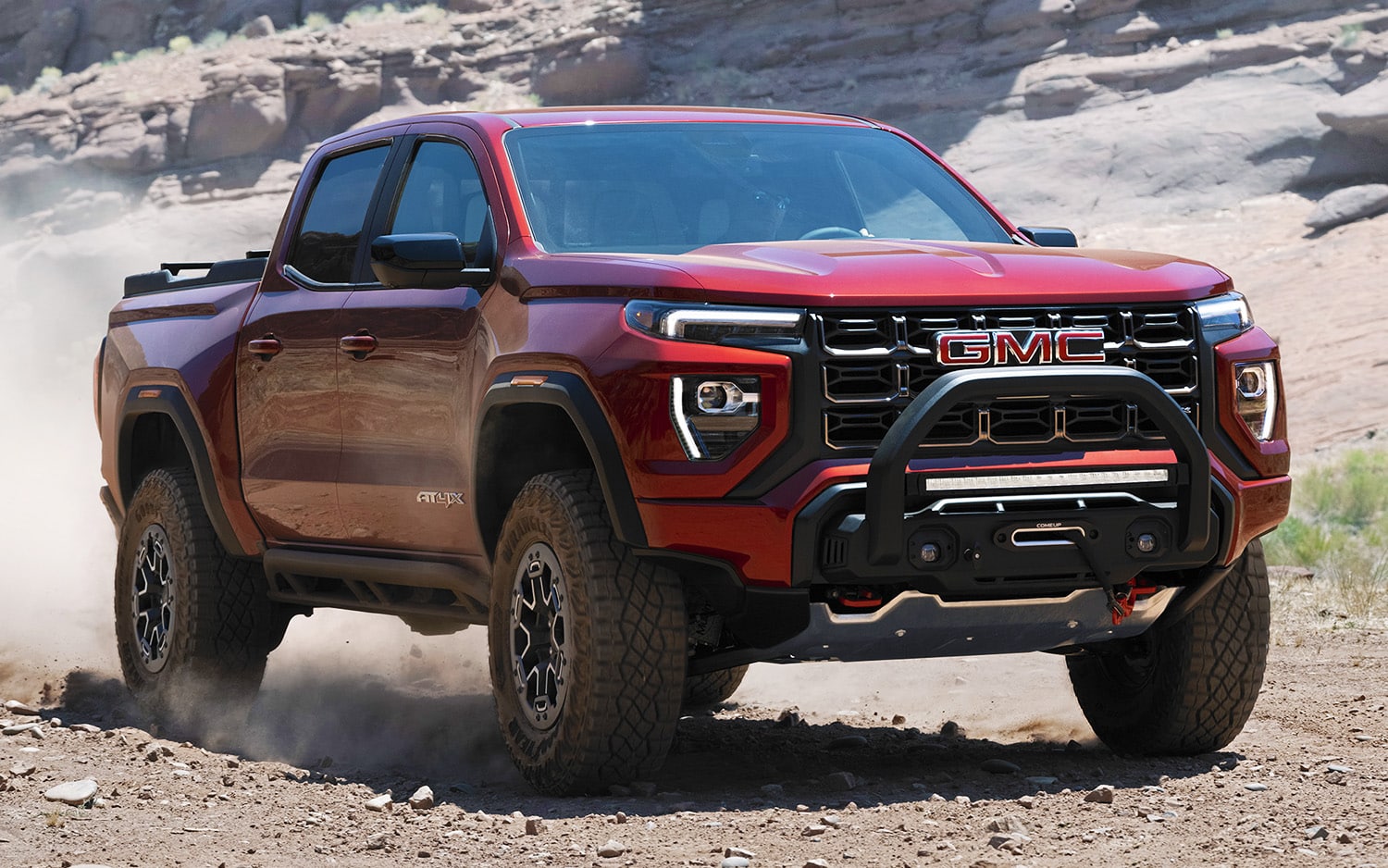
The suspension system was no more durable. Upper and lower control arms, ball joints, and bushings wore prematurely, particularly in 4WD models used for off-road or work applications. Squeaks, rattles, and vague steering feel became part of the truck’s everyday character after just a few years.
Rust protection was minimal at best. Owners in northern states regularly reported corrosion on frames, brake lines, and rocker panels—even with modest winter use.
And despite being a GM product, part availability for the Canyon often lagged behind full-size models, making repairs slower and more expensive.
The GMC Canyon promised the functionality of a midsize truck in a stylish, accessible package. But it ended up being more of a disposable vehicle than a lasting investment. For those seeking long-term durability, this is a truck that simply doesn’t deliver.
5. Lincoln Blackwood (2002)
The 2002 Lincoln Blackwood is a unique case in the realm of American trucks—not just for its luxury branding, but for how quickly and dramatically it failed.
Intended to be a high-end pickup truck that blended Lincoln’s luxury image with the functionality of a Ford F-150, the Blackwood instead became one of the shortest-lived and least reliable American trucks in modern history.
Its flaws weren’t just cosmetic or functional—they cut to the core of what a truck should be, and ultimately, why it barely survived beyond its debut year.
Mechanically, the Blackwood was based on the Ford F-150 platform and featured the 5.4L Triton V8 engine paired with a 4-speed automatic transmission.
While this setup was reasonably dependable in standard Ford applications, it struggled under the Blackwood’s hefty weight and complicated electronics.
The truck came only in rear-wheel drive—an odd choice for a pickup—instantly limiting its versatility for work or rough weather use.
Owners reported transmission failures and electrical gremlins before 100,000 miles, including problems with the digital instrument cluster, navigation system, and power tailgate.
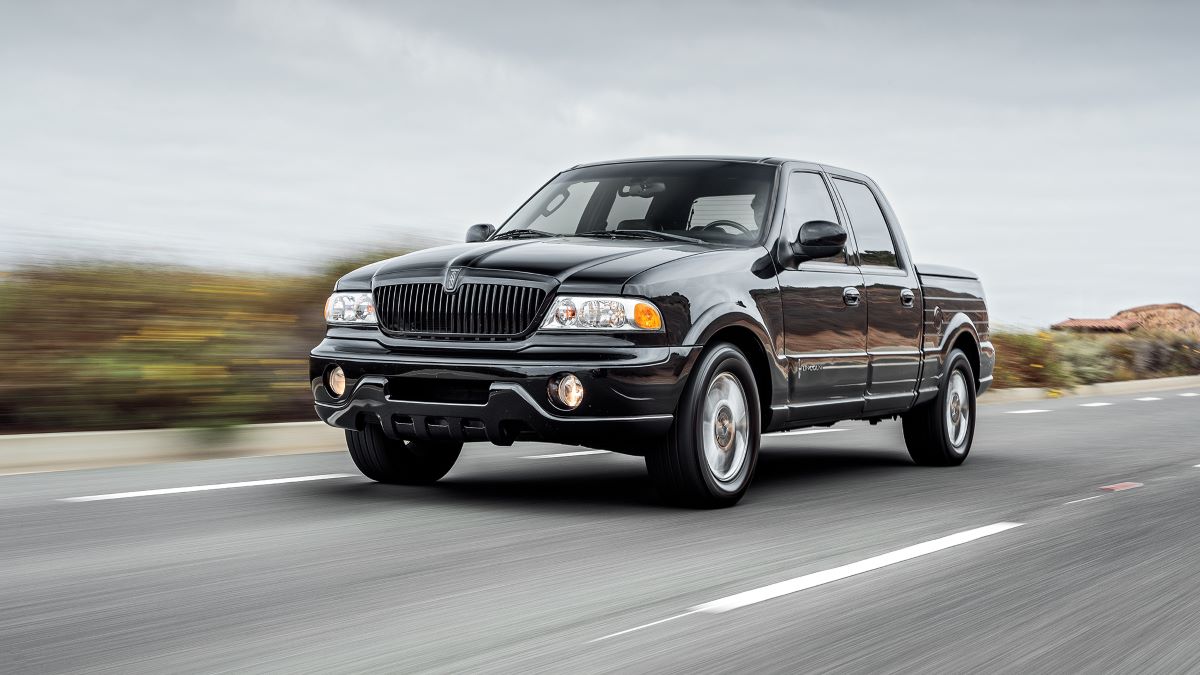
But the real disaster lay in the design. The Blackwood’s “bed” was covered by a permanent, power-operated tonneau cover and lined with carpet and stainless steel accents.
While visually striking, it rendered the truck bed nearly useless for hauling anything remotely dirty or large. The lack of a functional bed completely alienated core truck buyers, while the styling and brand couldn’t attract enough luxury SUV customers either.
Interior quality was hit-or-miss. While the leather seats and wood trim reflected Lincoln’s upscale goals, many switchgear components were pulled directly from lower-tier Ford vehicles, clashing with the truck’s lofty price tag.
Reliability suffered across the board, with malfunctioning electronic components, failed sensors, and trim pieces that wore out far too quickly for a luxury-branded vehicle.
Only about 3,300 Blackwoods were sold in the U.S., and it was pulled from the market after just one model year. Most have long since disappeared from the roads, not because of rarity, but because they simply weren’t built to last.
The Lincoln Blackwood serves as a cautionary tale in truck history—a case of putting form far ahead of function. It might look like a collector’s item, but beneath the badge lies a truck that barely made it past the starting line.
In the world of American trucks, the gap between long-term heroes and short-lived disappointments is wider than many realize.
Some trucks go the distance—racking up hundreds of thousands of miles, hauling, towing, and taking abuse year after year without flinching.
Others barely survive the daily grind, breaking down far too early and leaving owners with unexpected repair bills, lost time, and broken trust.
Also Read: 5 Long-Term Cars That Keep Earning and 5 That Cost You Daily

